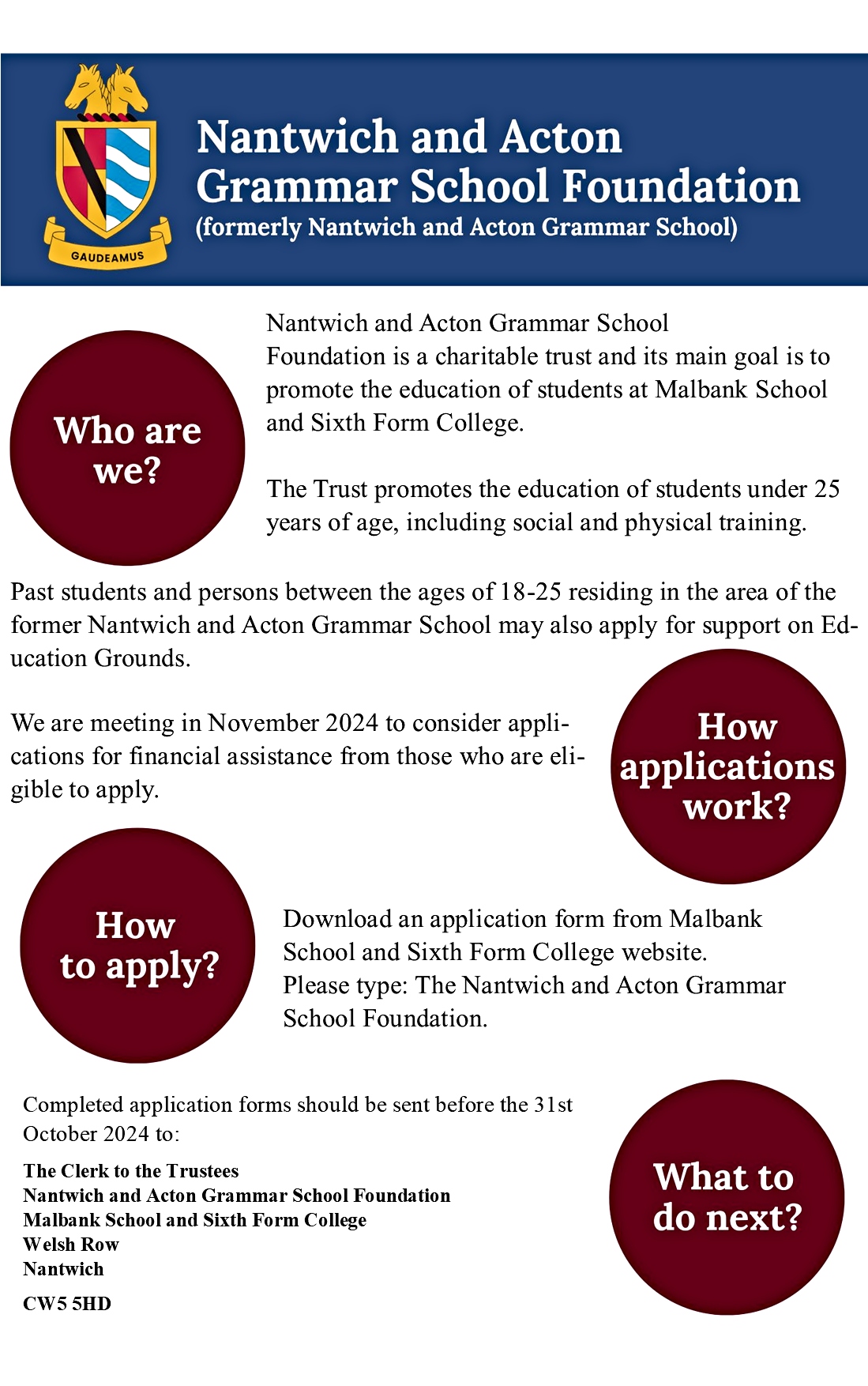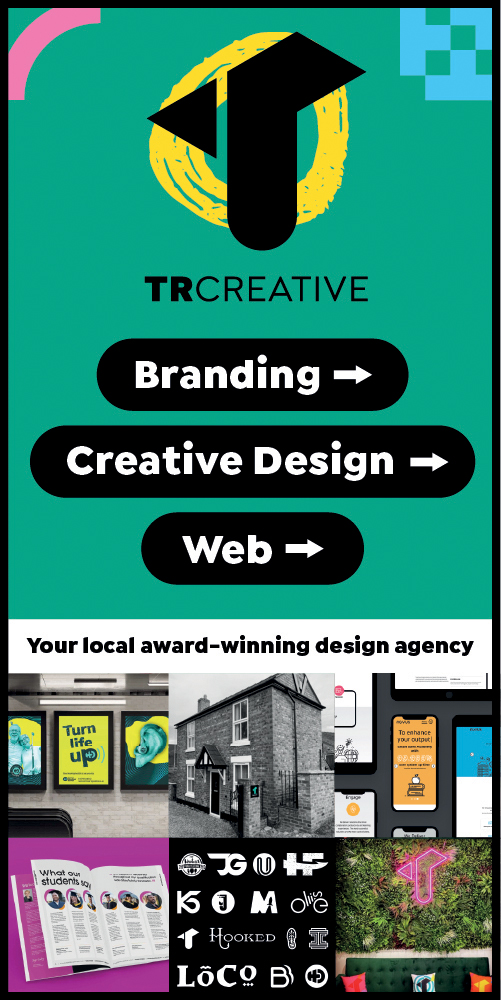
As education evolves, adapting to new teaching tools becomes critical for schools.
These advancements not only enhance student engagement but also better prepare them for future challenges.
From digital resources to personalised learning environments, various innovative methods stand ready to transform traditional education in our community.
Engaging Through Technology
Incorporating interactive technology into classrooms has revolutionised the way lessons are delivered.
By using tablets and smart devices, students can access a plethora of educational apps that simplify complex subjects.
This technology not only makes learning more interactive but also caters to various learning styles, ensuring that each student can engage with the material in the most effective way possible.
Interactive whiteboards and project-based learning platforms allow for dynamic classroom interactions.
These tools enable students to collaborate on projects in real-time, share ideas instantly, and receive immediate feedback from teachers.
The result is a more engaging and responsive learning environment that encourages students to take an active role in their education.
Personalisation of Learning
The one-size-fits-all approach is fading, replaced by personalised learning strategies that acknowledge each student’s unique needs.
Adaptive technology, such as software that tailors challenges to individual learning levels, allows students to progress at their own pace.
This not only boosts confidence among learners but also enhances academic achievement by addressing specific educational gaps.
Personalised learning also includes varied instructional approaches, such as flipped classrooms where students review lecture content at home and engage in application activities in class.
This method promotes autonomy and helps students develop critical thinking skills.
For schools, implementing these strategies could lead to more motivated learners and a deeper understanding of course material.
Collaborative Learning Spaces
The design of learning spaces influences how effectively students can collaborate.
Modern educational theory supports environments that promote teamwork, with movable furniture and technology that can be reconfigured as needed to facilitate group projects and discussions.
This flexible setup encourages interaction and cooperation among students, crucial skills for both academic and professional success.
In addition to physical layout changes, collaborative learning extends to digital platforms where students can continue their teamwork outside of traditional school hours.
Online forums and shared digital workspaces allow ideas to flourish anytime and anywhere, which is particularly beneficial for projects that require extended research and development.
Gamification of Education
Gamification transforms learning into an engaging, competitive activity, helping students absorb information more effectively.
Introducing elements like points, badges, and leaderboards can turn an ordinary lesson into an exciting challenge.
These elements motivate students by rewarding progress and fostering a healthy competitive environment.
This approach not only makes learning fun but also improves retention rates. When students are actively engaged, they are more likely to recall information and apply it in practical settings.
Schools can benefit from gamification by using it to enhance subjects that students typically find challenging, thereby improving overall academic performance.
Outdoor Learning
There’s substantial value in stepping outside the traditional classroom. Outdoor learning experiences, such as field trips and nature-based activities, provide hands-on opportunities to explore concepts taught in the classroom.
This approach not only enriches the learning experience but also helps students develop a connection with the environment.
Outdoor education encourages physical activity and can lead to improved mental health and academic performance.
Schools in Nantwich could utilise local parks and reserves as extended classrooms, providing students with experiences that reinforce their classroom learning while also instilling a sense of wonder and respect for the natural world.
Enhancing Physical Development with Indoor Equipment
Physical development is a crucial aspect of childhood education, and incorporating indoor climbing frames can significantly enrich this.
These structures not only encourage active play but also help in developing motor skills, strength, and coordination among young learners.
Schools can benefit from installing such equipment to provide a safe and stimulating environment for physical activity, especially during inclement weather.
Climbing equipment for children offers an excellent resource for encouraging teamwork and problem-solving abilities.
When children navigate climbing frames, they learn to assess risks, plan their routes, and support their peers in overcoming obstacles.
This type of equipment, therefore, not only contributes to physical development but also enhances social skills and confidence.
Digital Literacy Skills
Imparting robust digital literacy skills from an early age is crucial.
Schools must focus on equipping students with skills like coding, digital communication, and online safety.
These competencies prepare students for future careers and responsible digital citizenship.
Schools have the opportunity to integrate these skills into the curriculum through dedicated computer classes or by embedding digital literacy across all subjects.
This approach ensures that students are not only users of technology but also creators, ready to navigate and shape the digital future.
Creative Arts Integration
Incorporating the arts across different subjects can foster an environment of creativity and critical thinking.
Whether it’s through integrating drama in history lessons or using visual arts to explain mathematical concepts, creative projects can enhance student engagement and understanding.
Schools embracing this interdisciplinary approach could see improved problem-solving skills and a greater ability to express complex ideas creatively.
This method also helps students discover new talents and interests, contributing to a more well-rounded education.
Community-Based Projects
Real-world projects that involve the local community can provide students with invaluable practical experience.
These initiatives could range from environmental campaigns to helping local businesses solve real-world problems.
Such experiences not only reinforce the curriculum but also build civic pride and responsibility among students.
By engaging with the community, schools can enhance the relevance of education and provide students with a sense of achievement and purpose.
This hands-on approach helps students apply their knowledge in meaningful ways and prepares them for active participation in their communities.
Eco-Friendly Initiatives
Introducing students to sustainability practices is vital in today’s environment-conscious society.
Schools can lead by example, adopting green practices like recycling programs, energy-saving measures, and school gardens.
These initiatives teach students the importance of environmental stewardship and encourage them to think about how their actions impact the world.
Nantwich schools adopting these measures can not only educate students about sustainability but also contribute to a greener community.
Engaging students in eco-friendly projects also promotes a sense of responsibility and innovation, preparing them to be the change-makers of tomorrow.
Mindfulness and Mental Health
Embedding mindfulness practices into the school day can significantly benefit mental health and academic performance.
Techniques like guided meditation or breathing exercises help students manage stress, focus better, and approach learning tasks with greater clarity.
Nantwich schools can adopt these practices within the classroom or through dedicated sessions to foster a supportive learning environment.
This approach not only helps in reducing anxiety but also promotes a culture of well-being among students, which is essential for their overall development.
Integrating Virtual Reality in Education
Virtual reality (VR) offers an immersive learning experience that can transport students beyond the confines of the classroom.
By donning VR headsets, students in Nantwich can explore historical sites, dive into the human bloodstream, or even visit distant planets.
VR can be used to simulate complex environments or situations that are otherwise hard to replicate in a traditional classroom setting.
For instance, students can perform virtual dissections in biology class or participate in simulated archaeological digs.
By providing these experiential learning opportunities, schools not only enrich the curriculum but also ignite a passion for learning in students by giving them a first-hand look at what they are studying.
Summing Up
By embracing innovative teaching tools and methods, Nantwich schools can enhance educational outcomes and better prepare students for the future.
Whether through technology integration, personalised learning environments, or community engagement, these practices foster a dynamic and inclusive educational landscape.


















Recent Comments